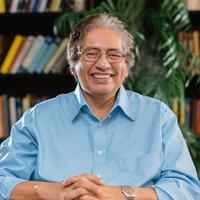Evaluating the efficacy of antimicrobial cycling programmes and patient isolation on dual resistance in hospitals
Journal of Biological Dynamics, 5 (1):
27-43 (2011)DOI: http://dx.doi.org/10.1080/17513758.2010.488300
Abstract
Antibiotic-resistant bacteria cause a number of infections in hospitals and are considered a threat to public health. A strategy suggested to curb the development of resistant hospital-acquired infections is antimicrobial cycling, in which antibiotic classes are alternated over time. This can be compared with a mixing programme in which, when given two drugs, half of the physicians prescribe one drug over the other. A mathematical model of antimicrobial cycling in a hospital population setting is developed to evaluate the efficacy of a cycling programme with an emphasis on reducing the emergence and significance of dual resistance. The model also considers the effects of physician compliance and isolating patients harbouring dual-resistant bacteria. Simulation results show that the optimal antimicrobial drug usage programme in hospital populations depends upon the type of resistance being targeted for treatment; a cycling programme is more effective against dual resistance compared with mixing. Patient isolation and high compliance to a cycling programme is also shown to dramatically decrease dual resistance in hospitalized populations. Ultimately, the exclusive use of antimicrobials in fighting nosocomial infection does not solve the problem but just slows down what appears to be a losing battle against drug resistance.We hope that this paper serves to instigate discussion on the many dimensions of the complex problem of drug resistance in hospital settings. Â\copyright 2011 Taylor & Francis.
